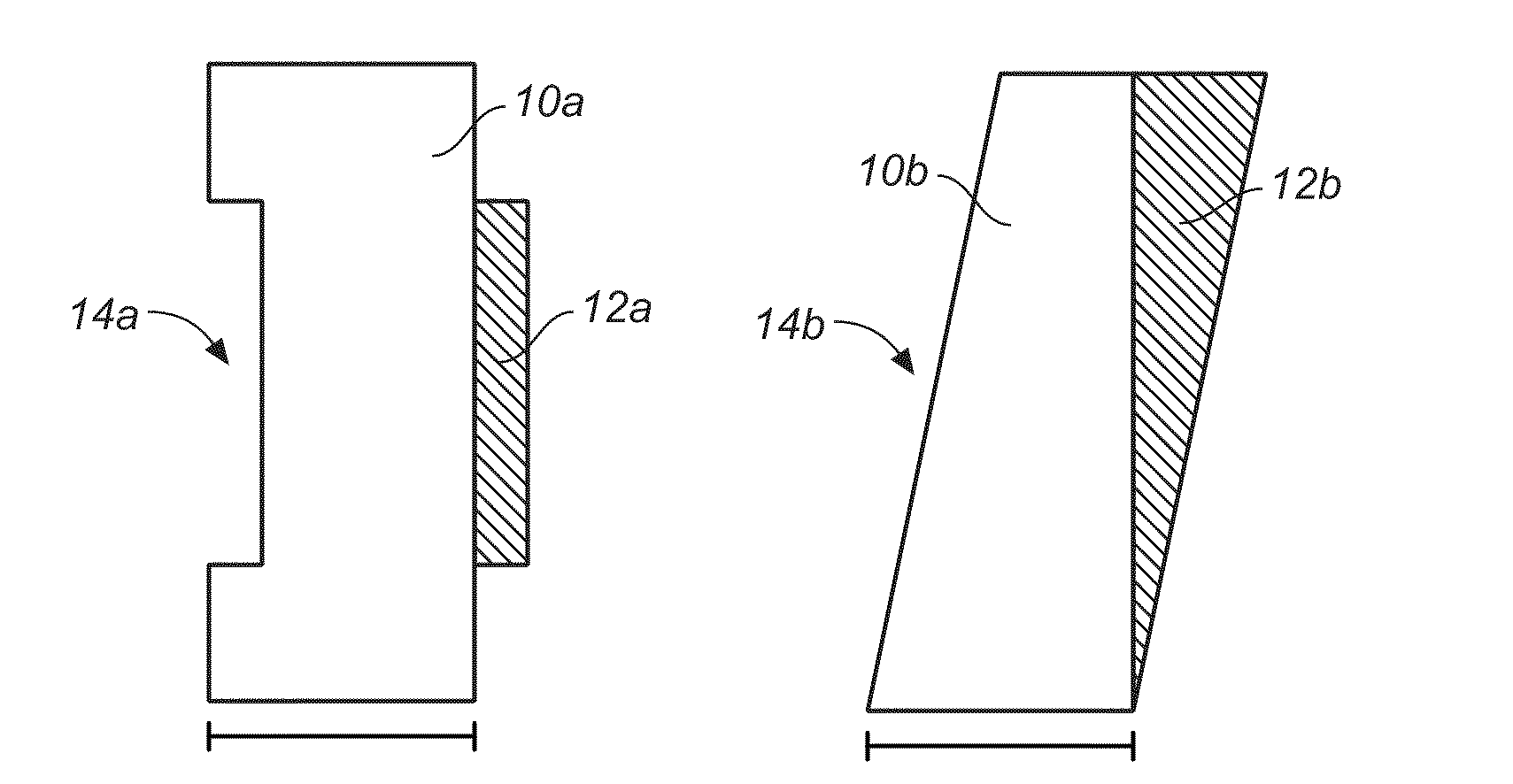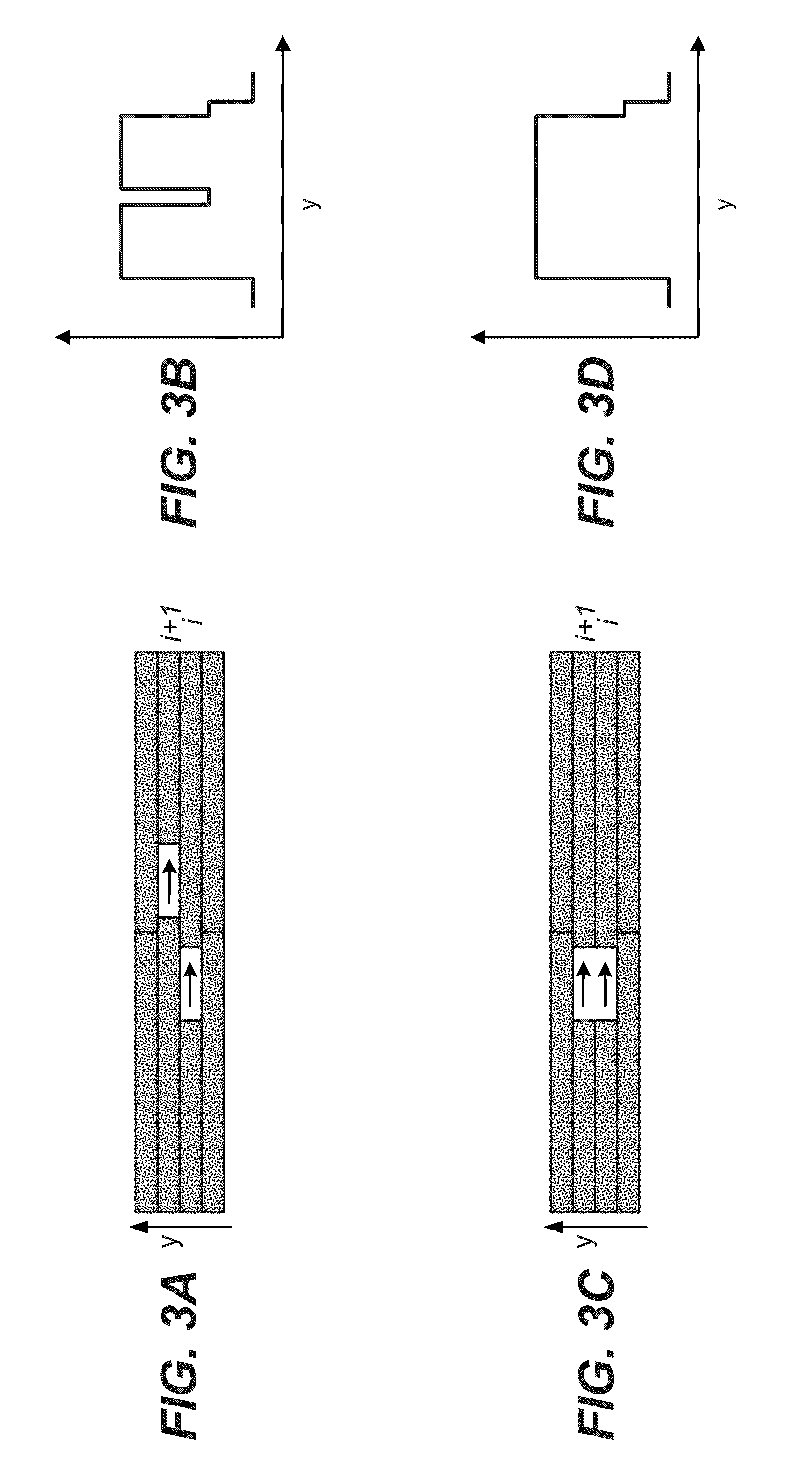Method for minimizing the tongue and groove effect in intensity modulated radiation delivery
a radiation delivery and intensity modulation technology, applied in radiation therapy, diaphragm/collimeter handling, therapy, etc., can solve the problems of interleaf leakage, striping in the final delivered fluence, striping in the imrt delivery, etc., to reduce and minimize the effect of interleaf leakag
- Summary
- Abstract
- Description
- Claims
- Application Information
AI Technical Summary
Benefits of technology
Problems solved by technology
Method used
Image
Examples
example
[0054]A sliding window tongue and groove optimization is presented as a simple sample of algorithm (I). No weighting is used and the MLC is coplanar, thus the leaf pairs are well defined. It is also assumed that the tongue of leaf pair i+1 is directed towards leaf pair i. The example sliding window moves from left to right.[0055]1. Set i=1.[0056]2. Find fluence crossings between fluences i and i+1. Denote the resulting intervals Ik (FIG. 6D shows intervals 1, 2 and 3), and define the starting and stopping positions: Ik=[x0,x1].[0057]a. if Fi+1(Ik)≦Fi(Ik), as shown in intervals 1 and 3 in FIG. 6D, then, in that interval, set either[0058]i. Ci+1(x)=ai(x)−ai+1(x), which aligns the A leaves for such an interval, as in interval 1 in FIG. 6D, or,[0059]ii. Ci+1(x)=bi(x)−bi+1(x), which aligns the B leaves for such an interval, as in interval 3 in FIG. 6D, or,[0060]iii. Ci+1(x)=[ai(x)−ai+1(x)]·(1−r)+[bi(x)−bi+1(x)]·r, which makes the i+1 leaves travel in between i leaves. The parameter r con...
PUM
 Login to View More
Login to View More Abstract
Description
Claims
Application Information
 Login to View More
Login to View More - R&D
- Intellectual Property
- Life Sciences
- Materials
- Tech Scout
- Unparalleled Data Quality
- Higher Quality Content
- 60% Fewer Hallucinations
Browse by: Latest US Patents, China's latest patents, Technical Efficacy Thesaurus, Application Domain, Technology Topic, Popular Technical Reports.
© 2025 PatSnap. All rights reserved.Legal|Privacy policy|Modern Slavery Act Transparency Statement|Sitemap|About US| Contact US: help@patsnap.com



